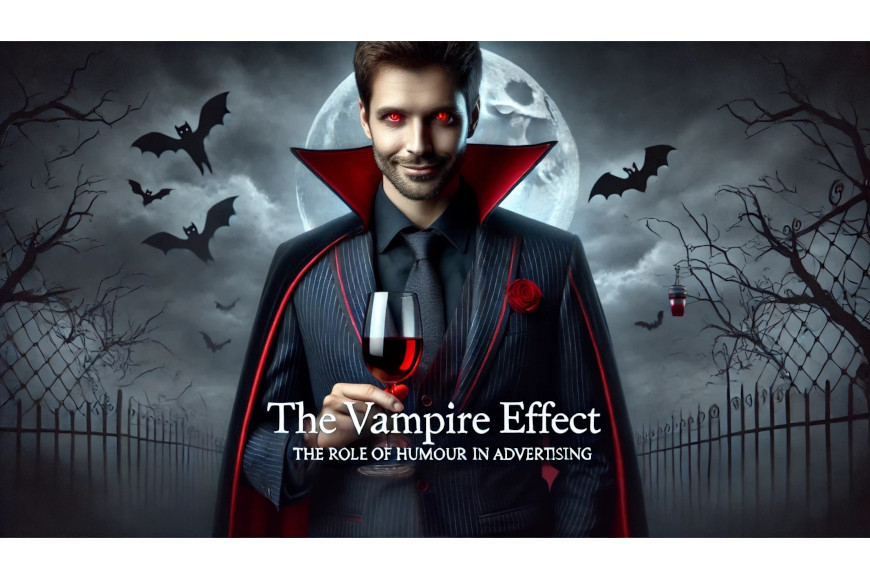Humour has long been a favourite tool for advertisers looking to make a lasting impression. A funny commercial can entertain, go viral and even win awards. However, what happens when the joke is so good that consumers remember it but forget the brand behind it? That’s where the “Vampire Effect” comes in, a fascinating advertising phenomenon explored in a recent study titled The Vampire Effect: The Role of Humour and Involvement Level in Advertisement Recall and Recognition.
The Vampire Effect happens when an advert’s entertaining elements, such as humour, eye-catching visuals or even celebrity endorsements, steal the spotlight from the brand itself. This means that while people might recall a hilarious advert that they saw, they might not remember what product or company it was actually promoting.
One of the researchers of the study, Professor Thomas Dobbelstein from Durban University of Technology (DUT) and Baden–Wuerttemberg Cooperative State University (DHBW) in Germany said, “The study set out to understand how humour, combined with consumer involvement levels, impacts advertisement recall and recognition. The findings highlighted an interesting challenge for marketers, how to make people laugh without losing their brand in the process.”
The research categorised consumers into two main groups:
- High-involvement consumers – These individuals are naturally more engaged with the product being advertised. They pay closer attention and are more likely to remember both the joke and the brand.
- Low-involvement consumers – These viewers may enjoy the advertisement but are not as invested in remembering the brand. For them, the humour can become a distraction, making it less likely that they will recall the product.
Professor Dobbelstein, citing the research findings, added, “Humour is a double-edged sword. Used well, it makes adverts more enjoyable and increases engagement. But if it overshadows the brand, it defeats the purpose of advertising. The study highlighted that the most effective humorous adverts, integrated the brand message into the joke itself, thereby making them both funny and memorable.”
For high-involvement consumers, a well-crafted humorous advert can strengthen brand recognition. However, low-involvement consumers need clearer brand messaging to prevent the humour from taking centre stage. Advertisers must carefully craft their messages to make sure the laughter doesn’t drown out the brand.
So, what should advertisers take away from this research? Here are a few key lessons from the study:
- Humour should enhance and not overshadow the brand’s key message.
- Testing adverts on different audiences can help determine if the humour is working in favour of brand recall.
- For products with high consumer involvement, humour can be more playful, while for low-involvement audiences, a clear brand presence is crucial.
At its best, humour makes advertising more engaging, shareable and enjoyable. However, if an advert makes people laugh while leaving them wondering, “What was that even for?” then it has fallen victim to the “Vampire Effect.” The challenge for marketers is to find the sweet spot where comedy and brand recognition go hand in hand, ensuring that the brand remains as memorable as the joke.
Professor Thomas Dobbelstein is Honorary Research Professor at DUT and Chairperson of the DUT Business School Board, who has analysed this effect in more detail, together with Teresa Oberluggauer from Vorarlberg University of Applied Sciences in Austria and Professor Roger Mason from DUT.
The complete results are available here: THE VAMPIRE EFFECT.

